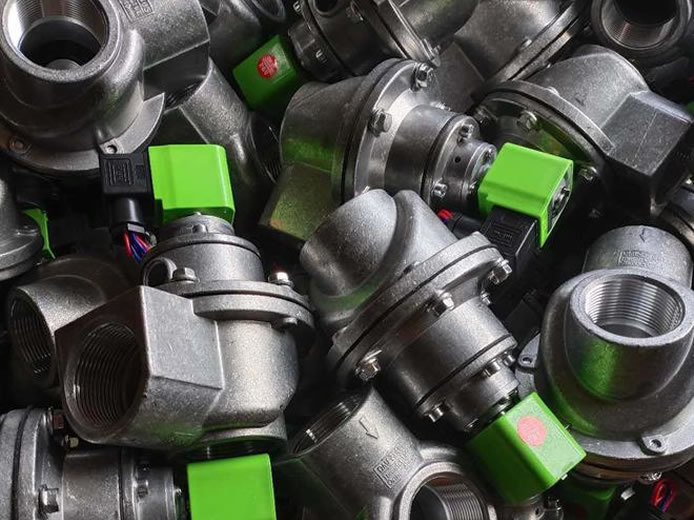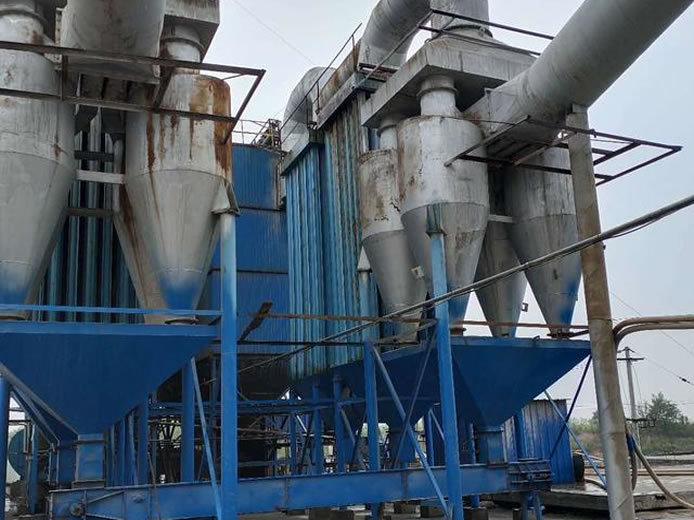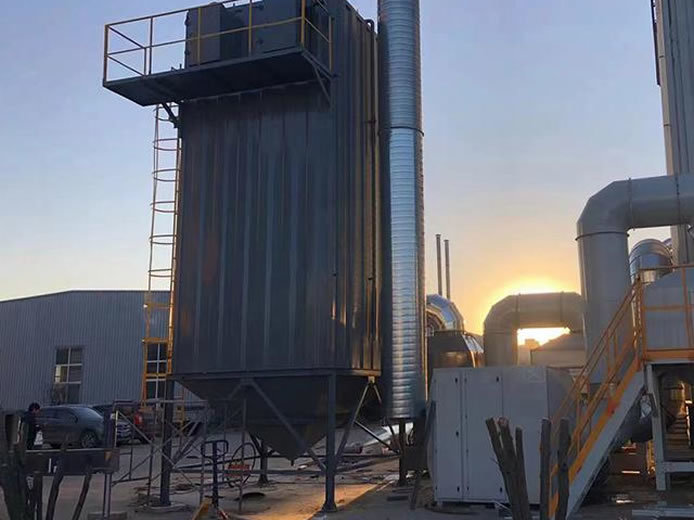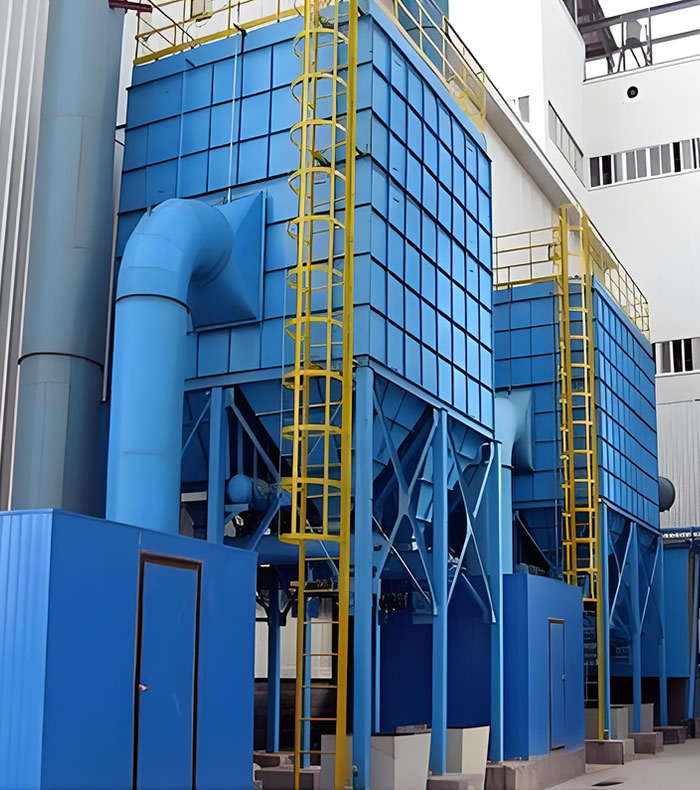How does the electrostatic tar precipitator achieve dust removal effect
Release Time:
2024-09-03
The electrostatic tar precipitator consists of a centrifugal fan, dust collector, frequency converter, instrument system, circulating cooling water system, ash conveying and discharging system, compressed air system, pipeline system
The electrostatic tar precipitator consists of a centrifugal fan, dust collector, frequency converter, instrument system, circulating cooling water system, ash conveying and discharging system, compressed air system, pipeline system, etc. During the coking process, dust is sucked into the main dust removal pipe through pipelines, and large particles of dust are separated by cooling fire extinguishers (gravity dust collectors) and directly enter the ash hopper. Smaller dust uniformly enters the middle box of the bag filter and then adsorbs onto the outer surface of the filter bag. The dusty gas enters the clean air chamber after being filtered by a filter bag and is discharged into the atmosphere through an exhaust pipe. When the resistance of the filter bag reaches a value of 1500pa, the cleaning device presses the differential program to activate the electronic pulse jet. At this time, the compressed air throws out the dust attached to the surface of the filter bag and discharges it through the ash hopper through the ash discharge mechanism.
Working principle
During the coal loading process, a large amount of dust is generated from the exhaust holes on the furnace top and enters the smoke conducting combustion vehicle. At 1000 ℃, burn to remove viscous substances such as benzo [a] pyrene. The residual dust after combustion enters the ground station dust removal station for processing. Firstly, the flue gas enters the viscous dust collection device to further remove viscous residues, and is combined with pre spraying to enter the pre-processing unit, increasing the dust ratio again, causing it to settle and protect the bag. After being purified by the bag filter to meet the standard, it is discharged into the atmosphere.
The settled dust is collected by a scraper. To prevent secondary pollution of dust, it is transported outside after being humidified by a humidifying ash unloader. At this point, the one-time coking coal loading and dust removal process is completed.
A real-time monitoring system for equipment has been added, which realizes the analog display of main coal loading process parameters and the status display of the coke guiding system. Remote control of some valves and equipment has also been achieved.
Electric tar catcher is a device that uses an electric field as a purification method. After pre-treatment, the flue gas enters the electrostatic tar precipitator and generates an electric field through the high-voltage electrode. Under the action of the electric field, the particles and tar particles in the flue gas are charged and adsorbed and collected on the collector plate near the electrode. After multiple processes such as aggregation and impact, the aggregated particles and tar particles fall onto the slag collection area and are cleared out of the system.
Electric tar precipitator is a dust removal equipment that removes tar mist from coke oven gas and purifies the gas. The electric tar precipitator mainly has a straight cylindrical shell with a honeycomb shaped sedimentation electrode system arranged axially inside, a set of taut steel wire ropes as corona electrodes, a high-voltage rectifier placed in a room separated from the electric tar precipitator, and auxiliary equipment such as instruments and control charge transmission. The gas containing tar mist enters the electric tar precipitator through the inlet of the shell below the sedimentation electrode, and the gas distribution device evenly distributes the gas. The gas passes through the electrode area, and under the action of static electricity, the tar droplets in the gas are separated.
Working principle of electric tar catcher
The working principle of the electrostatic tar precipitator is to apply high-voltage direct current between the metal wire and the metal tube wall to maintain an electric field sufficient to generate electrostatic capture of gas, forming a corona zone between the anode and cathode. According to the theory of electric fields, positive ions adsorb onto negatively charged corona, while negative ions adsorb onto positively charged precipitates; All positive and negative ions captured by electricity fill the entire space between corona and precipitation. When a gas containing impurities such as tar droplets passes through the electric field, the impurities that adsorb negative ions and electrons move to the precipitate under the Coulomb force of the electric field, releasing their carried charges and adsorbing on the precipitate, thus achieving the purpose of purifying the gas, commonly known as the charging phenomenon. When the amount of impurities adsorbed on the precipitate increases beyond its adhesion, it will automatically flow downwards and be discharged from the bottom of the electrostatic tar precipitator. The clean gas will then leave the upper part of the electrostatic tar precipitator and enter the next process.












